Brazilian cuisine is a melting pot of influences that reflects the country’s rich and diverse culture. The roots of this unique gastronomy trace back to a history marked by the convergence of indigenous, African, and European traditions. This mosaic of influences has resulted in a vibrant and multifaceted cuisine that delights both Brazilians and visitors alike.
Probably the best-known Brazilian dish, both domestically and internationally, is feijoada. Consumed throughout the country, feijoada carries a rich history. According to SuperInteressante magazine, historians and culinary experts suggest that feijoada, which combines various types of meat, beans, and vegetables, has ancient origins. It possibly dates back to the Mediterranean region during the Roman Empire, but in Brazil, it takes on a special twist with the use of black beans native to South America.
The truth is, feijoada is just one of the many culinary delights in Brazil. Below, we list some of the most flavorful dishes from each region of the country.
Content Summary
NORTH
The cuisine of the North region of Brazil is one of the richest and most diverse in the country, marked by strong indigenous influences and a close connection to the lush nature of the Amazon. Ingredients like manioc, freshwater fish, tropical fruits, and herbs form the basis of the local gastronomy.
The travel and tourism site Guia Viajar Melhor created a ranking of the top 10 Brazilian dishes according to tourists, and the famous Tacacá from the state of Pará occupies the 8th position. Tacacá is a hot soup made with tucupi (a yellow broth extracted from manioc), tapioca gum, jambu (an Amazonian herb that causes numbness in the mouth), and shrimp.
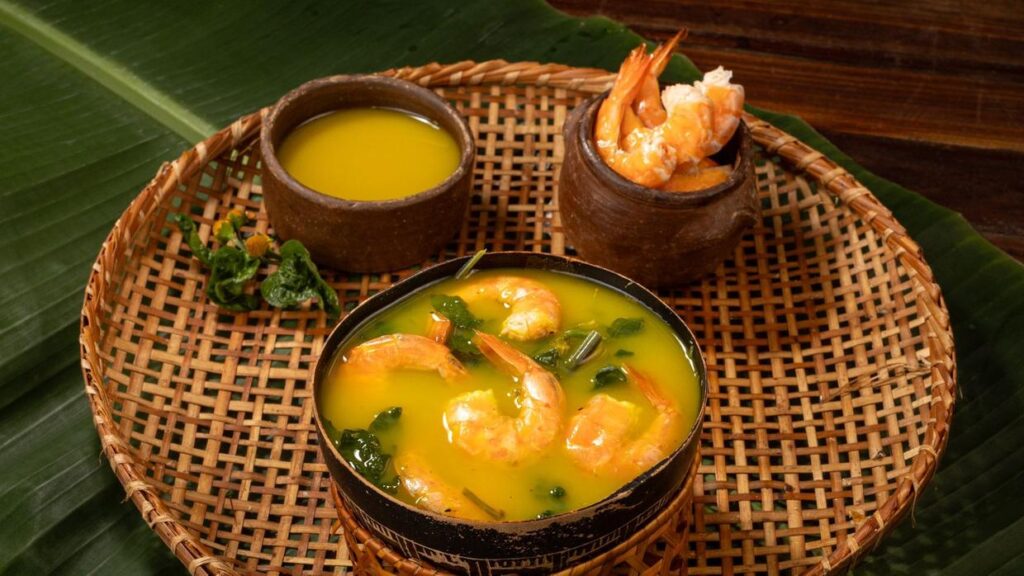
Another well-known dish in the North region is Pato no Tucupi. This meal is made with wild duck cooked in tucupi and seasoned with jambu. It was inherited from indigenous cuisine and is commonly found at popular festivals in Pará.
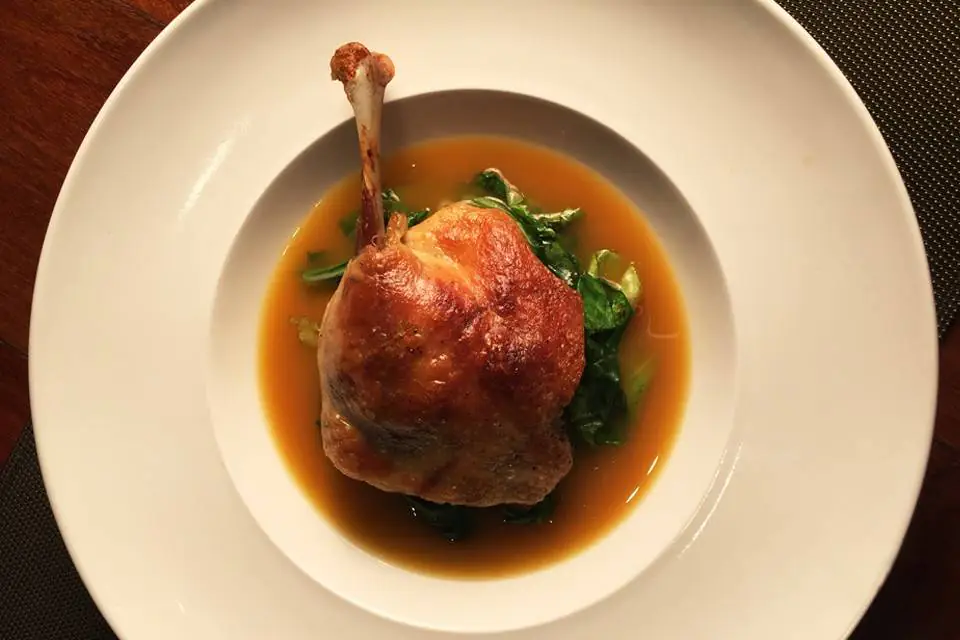
Açaí is a Brazilian fruit predominantly cultivated in the Amazon region. Dark in color, ranging from purple to black, the round fruit grows in clusters and usually in areas with wetter or flooded soils. Even though it is a characteristic fruit of the North region, açaí has gained national popularity and is used in various forms in Brazilian cuisine due to its numerous nutritional properties. It can be served plain, with tapioca or manioc flour, or frozen and sweetened, as a dessert with other fruits and granola.
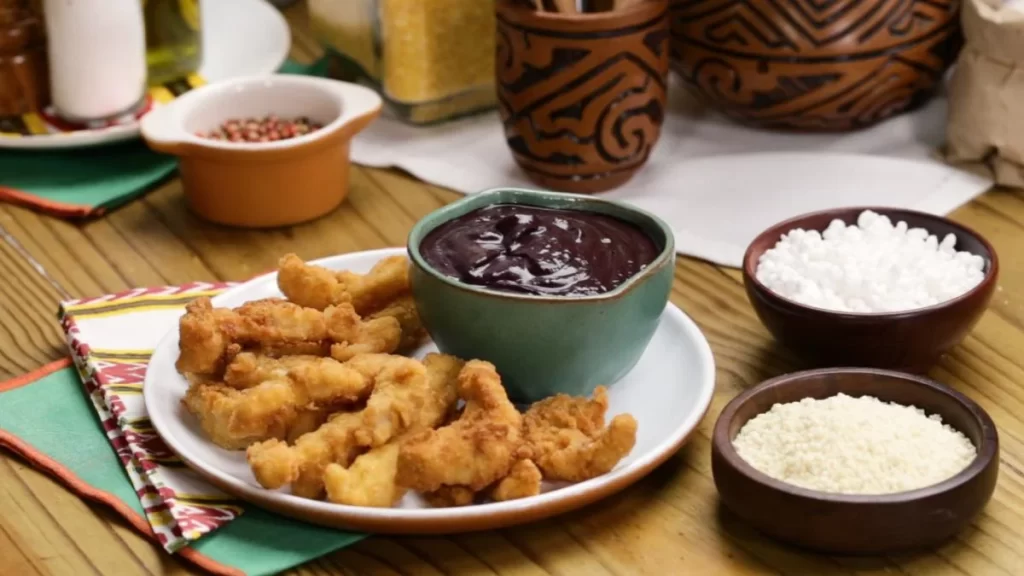
Northeast
In addition to beautiful beaches and famous festivities throughout Brazil, the Northeast surprises visitors with its flavorful and distinctive cuisine. Its intense flavors and generous use of spices reflect the region’s rich cultural heritage.
Vatapá and Cuscuz together occupy the 9th position in Guia Viajar Melhor’s ranking. Both classics of the Northeast region, they are delicious and showcase how flavorful Northeastern cuisine can be.
Vatapá’s ingredients include breadcrumbs, cornmeal, ginger, chili pepper, peanuts, cloves, cashews, skim milk, olive oil, onion, garlic, and tomato. This traditional Afro-Brazilian dish originates from the Yoruba term “vata’pa.” Of African origin, it arrived in Brazil through the Yoruba Africans with the name “ehba-tápa.”
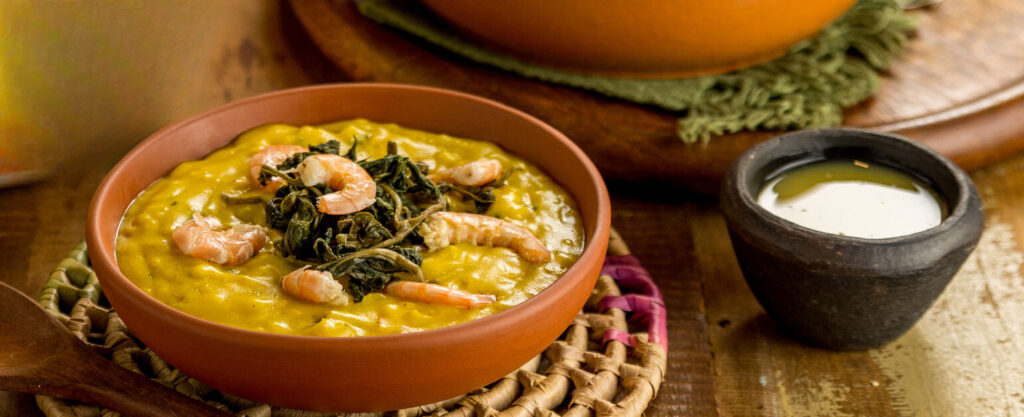
According to Folha de Pernambuco newspaper, cuscuz existed two centuries before Christ in the Maghreb region, which now comprises five countries: Morocco, Algeria, Tunisia, Libya, Western Sahara, and Mauritania, in northern Africa. After becoming popular in Portugal, cuscuz was brought to Brazil by colonizers and became a staple food for slaves during the colonial period. Cuscuz is made from steamed cornflakes and can be served with various accompaniments like dried meat, chicken, cheese, and even milk.
In December 2020, during a UNESCO World Heritage Committee videoconference, cuscuz was recognized as an Intangible Cultural Heritage of Humanity.
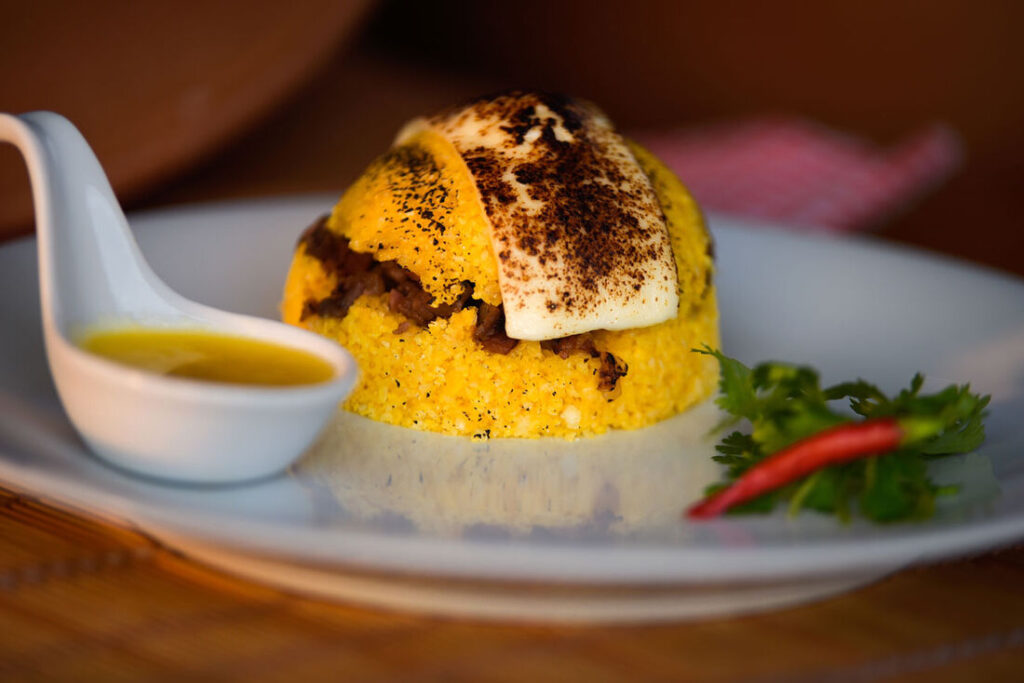
Another delicious recipe from the Northeast is Baião de Dois, which ranks 6th in the list. The name refers to the Northeastern dance “baião,” popularized by the song “Baião de Dois” by Humberto Teixeira and Luiz Gonzaga. The recipe includes bacon, cowpea, rice, coalho cheese, butter, onion, garlic, bell pepper, green onions, and butter. This traditional Northeastern dish is also popular in Northern restaurants and can be found elsewhere in Brazil.
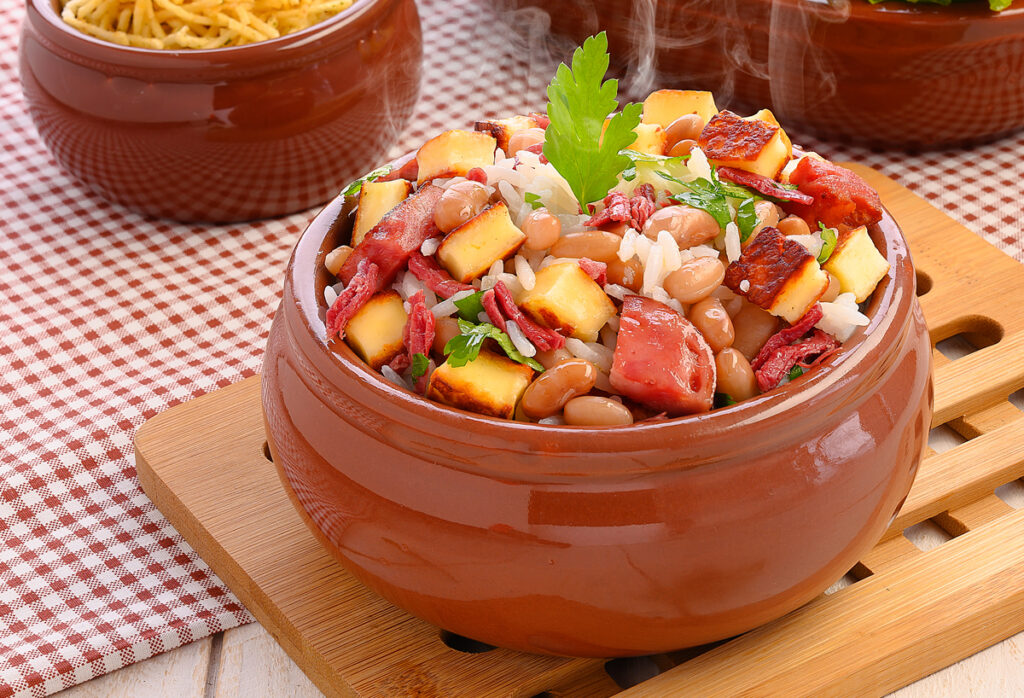
Central-West
The cuisine of the Central-West region is influenced by rural life and indigenous and Pantanal communities. The region was also influenced by the arrival of immigrants, mainly Europeans and Japanese, in the 20th century. These groups brought new ingredients and cooking methods, further enriching the local cuisine.
Talking about Central-Western cuisine without mentioning the famous Empadão Goiano would be a crime! This typical dish from Goiás includes a long list of ingredients, including chicken breast and sausage, chayote, olives, heart of palm, pequi (a regional fruit rarely consumed outside the region), as well as cheese and mayonnaise.
According to National Geographic, in June 2023, a bill was approved in the Goiás Legislative Assembly, recognizing empadão goiano as a cultural and intangible heritage of the state.
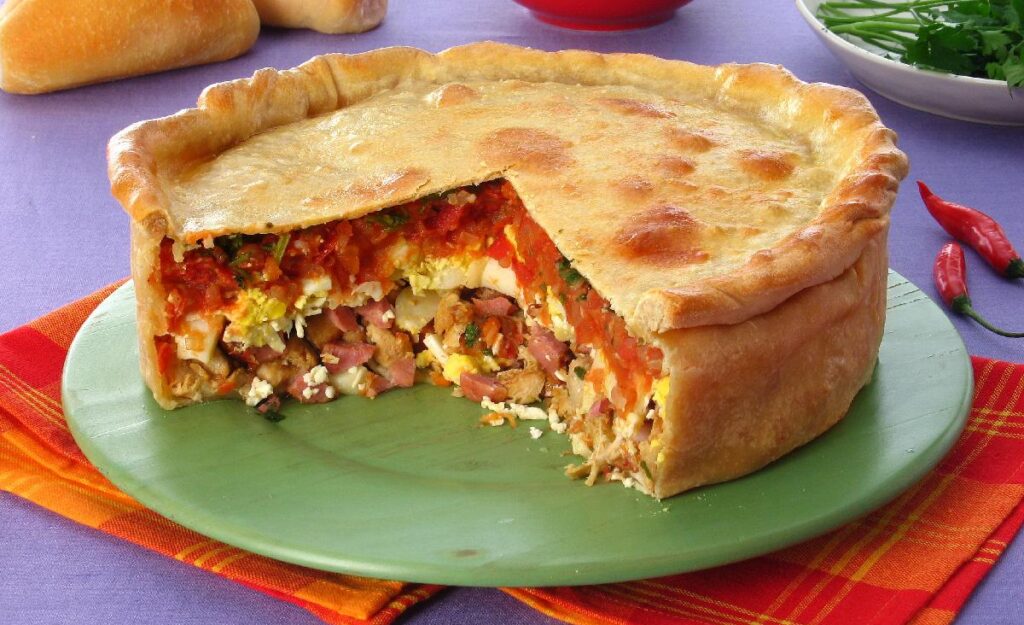
Another delight from Goiás is Arroz com Pequi. This typical dish is made with pequi, a local fruit that grows only in the Atlantic Forest, Cerrado, and Pantanal biomes, with a strong and distinctive flavor.
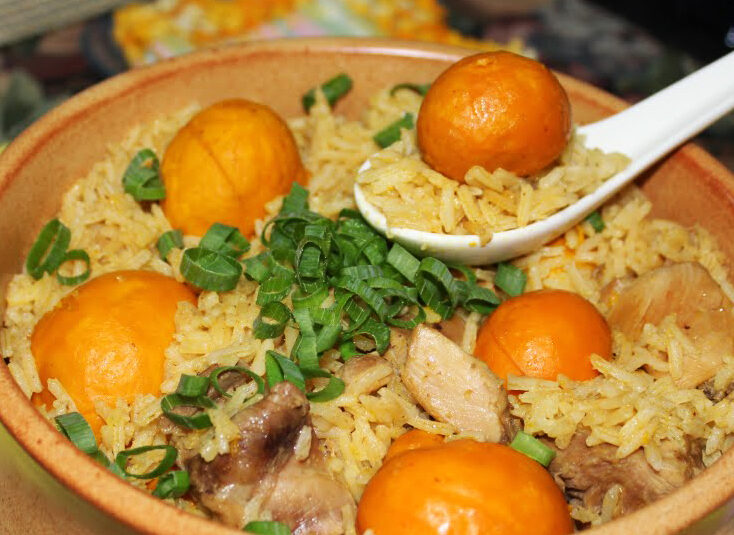
One of the dishes that best represents the Central-West region, especially in Mato Grosso, is Galinhada. This dish consists of rice cooked with pieces of chicken, saffron, and spices, popular at parties and family gatherings. In some places, it may contain pequi to enhance the flavor.
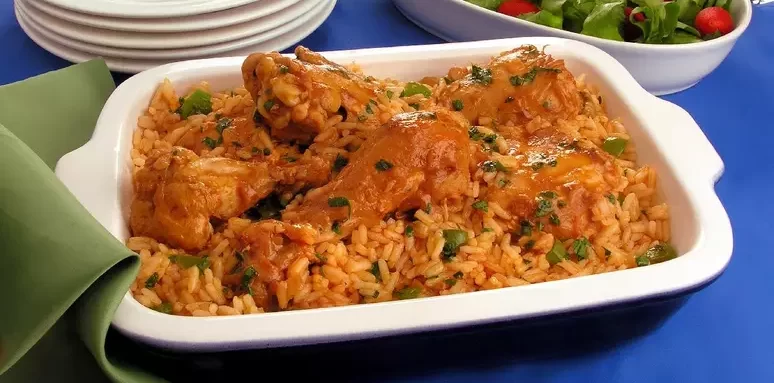
Southeast
The cuisine of the Southeast region of Brazil is a rich mix of indigenous, Portuguese, and African influences, similar to other regions. The Brazil Channel reports that the difference in this region lies in the roots of European and Asian immigration from the late 19th century, which also left deep marks on Southeastern cuisine. Italians, Japanese, Germans, and Arabs brought their own ingredients and culinary techniques, resulting in an extremely diverse cuisine.
It’s impossible to talk about Southeastern Brazilian cuisine without mentioning Pão de Queijo. This blessing in the form of small breads is typically Brazilian, originating in Minas Gerais. Its production is simple, using only tapioca flour and cheese, but it is a true national passion that also pleases many tourists.
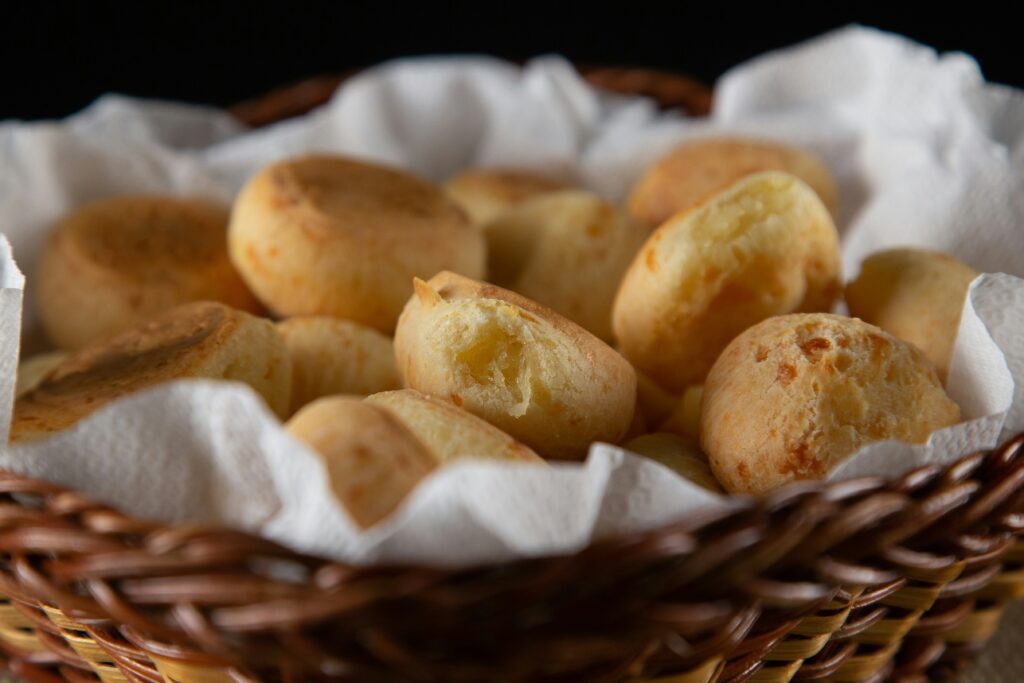
Feijão Tropeiro ranks 5th among the top 10 Brazilian dishes according to tourists from Guia Viajar Melhor. This typical dish associated with the region’s cuisine is made with beans, manioc flour, pork cracklings, sausage, kale, and eggs, and is seasoned with garlic and onion. The name refers to the “tropeiros,” horse troop drivers who transported goods between cities during the colonial period.
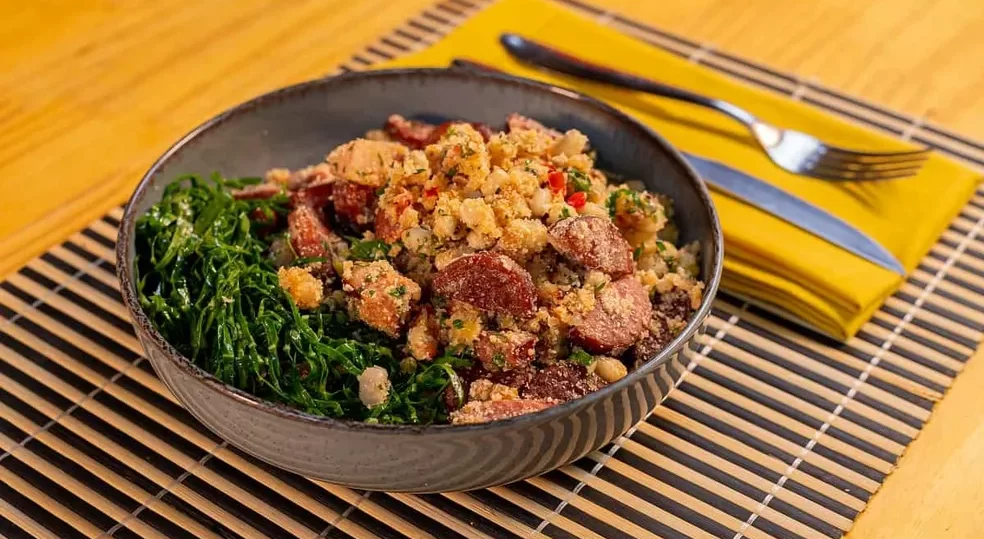
Another delicacy that also ranks, this time in the 10th position, is Virada Paulista. This traditional São Paulo dish combines rice, beans, eggs, kale, and pork chop. The beans in this dish include bacon, sausage, pepper, and flour to thicken, also known as “tutu de feijão.”
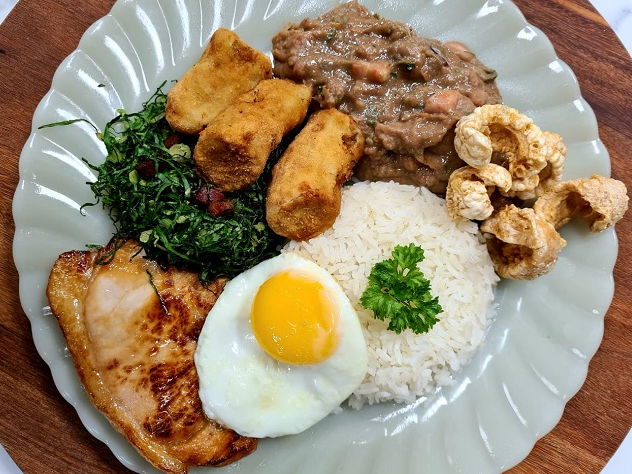
South
According to National Geographic, the cuisine of the Southern region of Brazil is deeply influenced by European traditions, mainly German, Italian, and Portuguese, due to the large waves of immigration in the 19th century.
One of the fundamental dishes of the region is Churrasco Gaúcho (barbecue). Made only with meat roasted over coals, usually seasoned only with coarse salt. The book “Os Gaúchos e o Churrasco – Uma jornada ao redor do fogo” (The Gaúchos and the Barbecue – A Journey Around the Fire) recounts that the gaucho method of roasting meat originated in the 17th century in the distant lands of the pampas, within indigenous communities that were evangelized by the Jesuits. Later, this technique was adopted and perfected by the “tropeiros” in the various places they traveled.
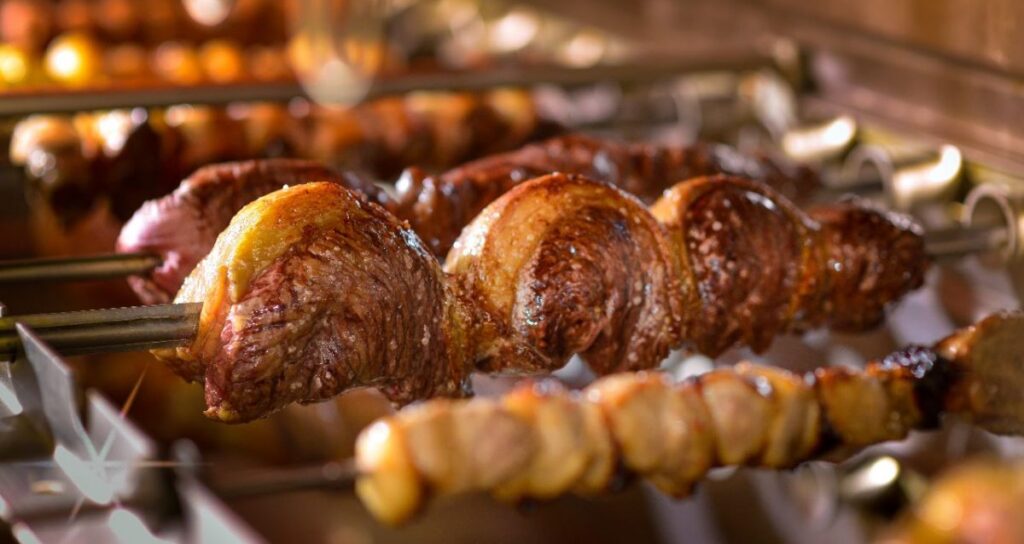
Characteristic of the coast of Paraná, Barreado is traditionally cooked in a clay pot. The dish includes beef, cooked for hours until it falls apart, and ingredients like manioc flour, bacon, banana, bay leaves, and onions. Historically, this delicacy is associated with celebrations such as weddings, baptisms, and birthdays.
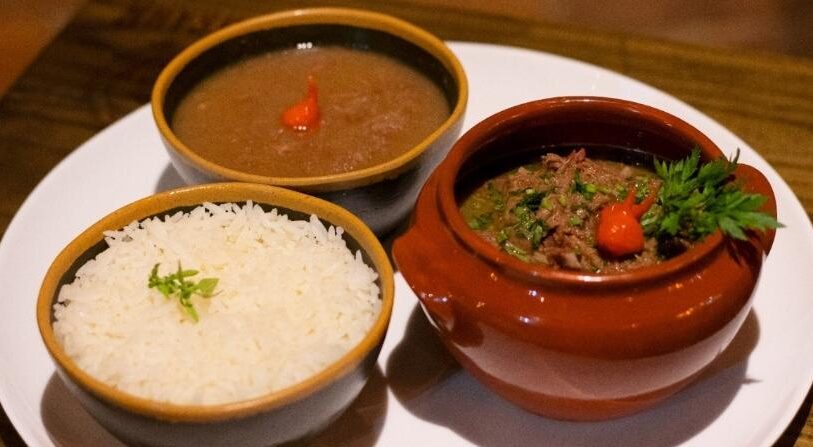
Pinhão, a seed from the araucaria tree, a native Brazilian tree, is appreciated in various recipes in the South region, from appetizers and desserts to dishes that pair with stewed meat and farofas. Among the popular recipes highlighted in a book promoted by the Ministry of Health is pinhão roll, which also includes ground beef, grated carrot, black pepper, green onions, and other ingredients.
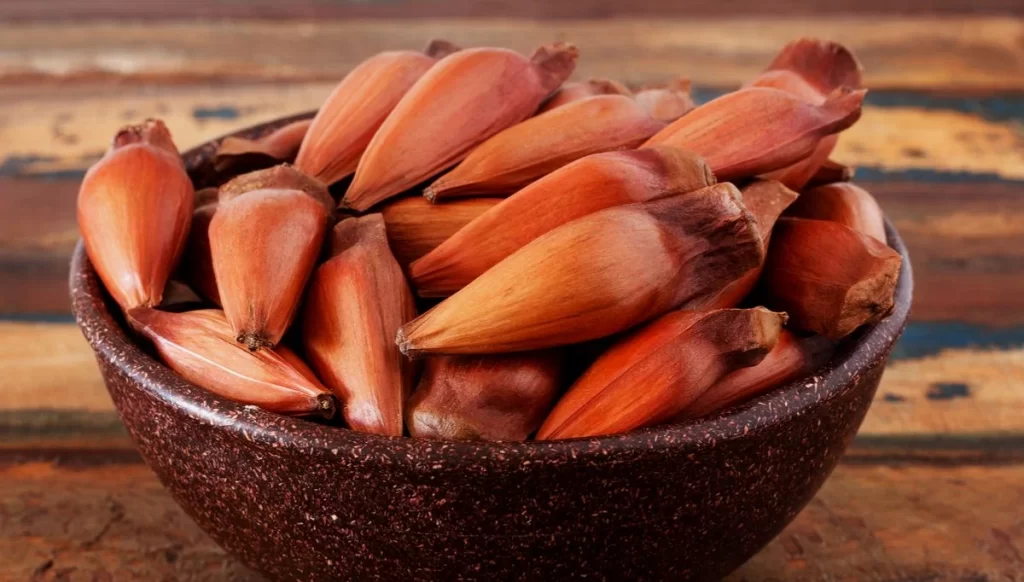
Brazilian cuisine is a true celebration of the country’s cultural and natural diversity, which has continental proportions. Each dish, with its unique flavors and rich history, contributes to the gastronomic tapestry that makes Brazil an irresistible culinary destination. Dive into the riches and flavors of Brazil with Gondwana Brasil. Together, we can offer your clients unforgettable experiences.
By the way, Brazil is competing for the title of “Latin America’s Best Culinary Destination 2024” from the World Travel Awards (WTA), an accolade that highlights global culinary excellence. Voting is open until August 30. We hope to bring home the title this year!











